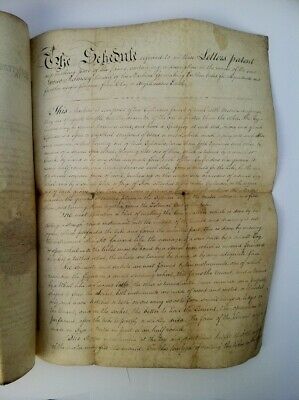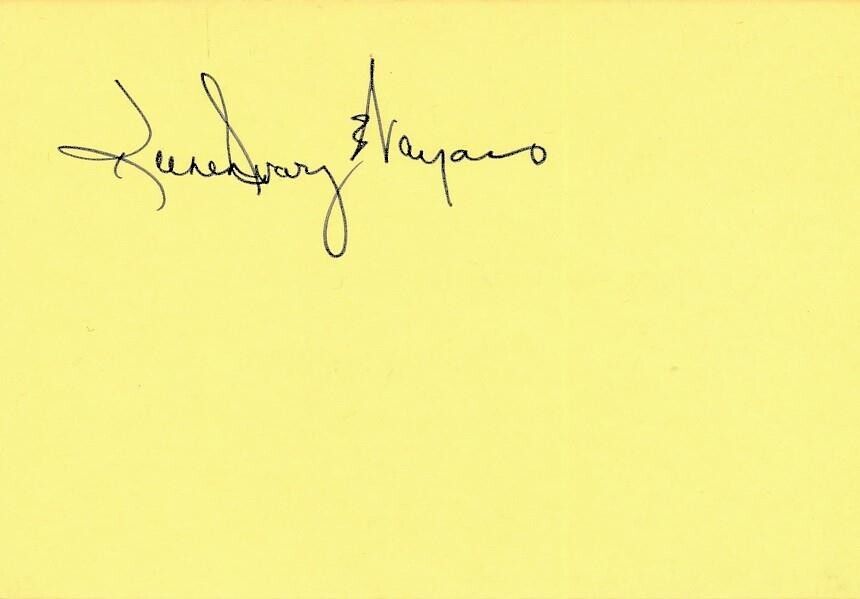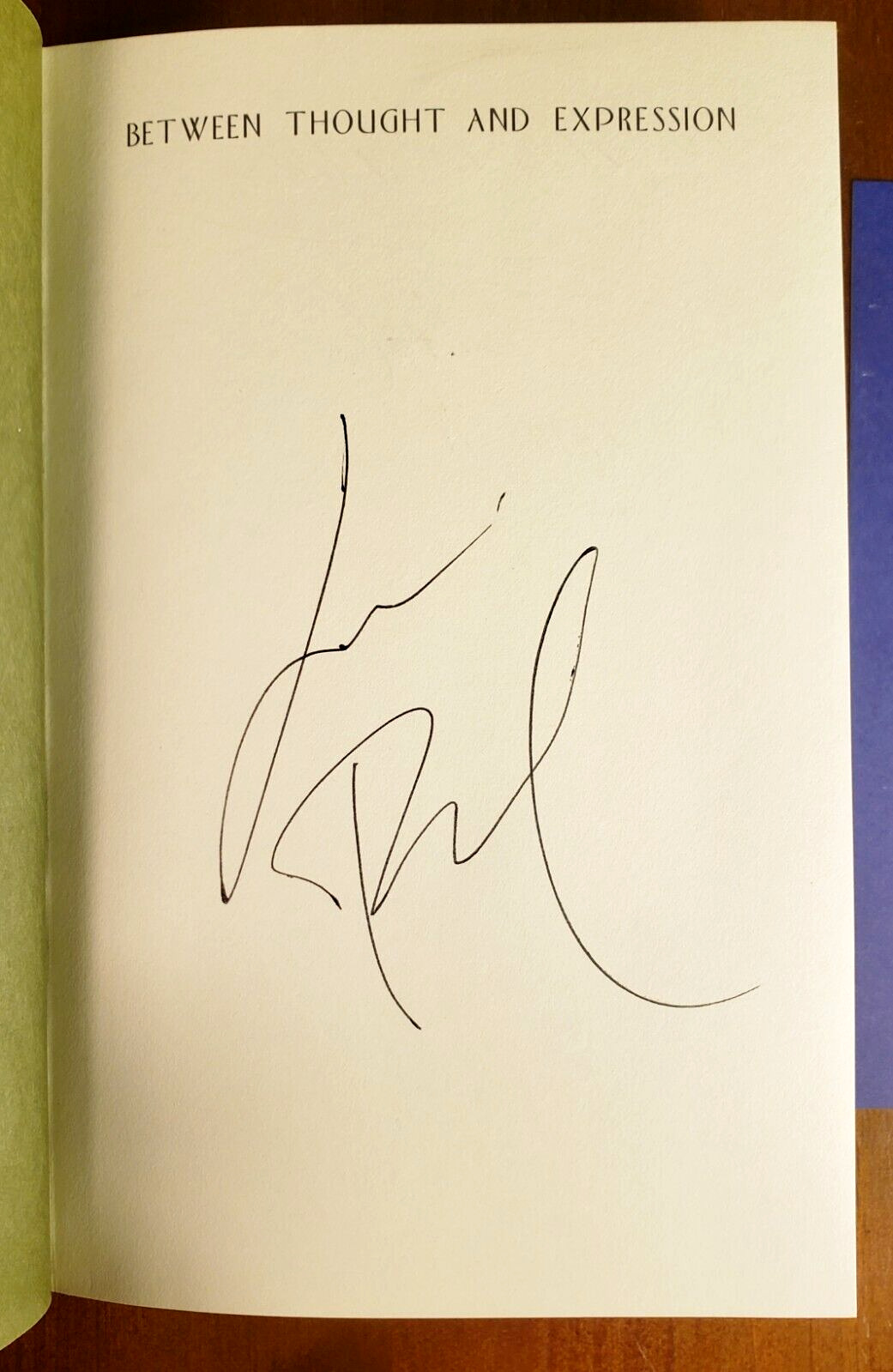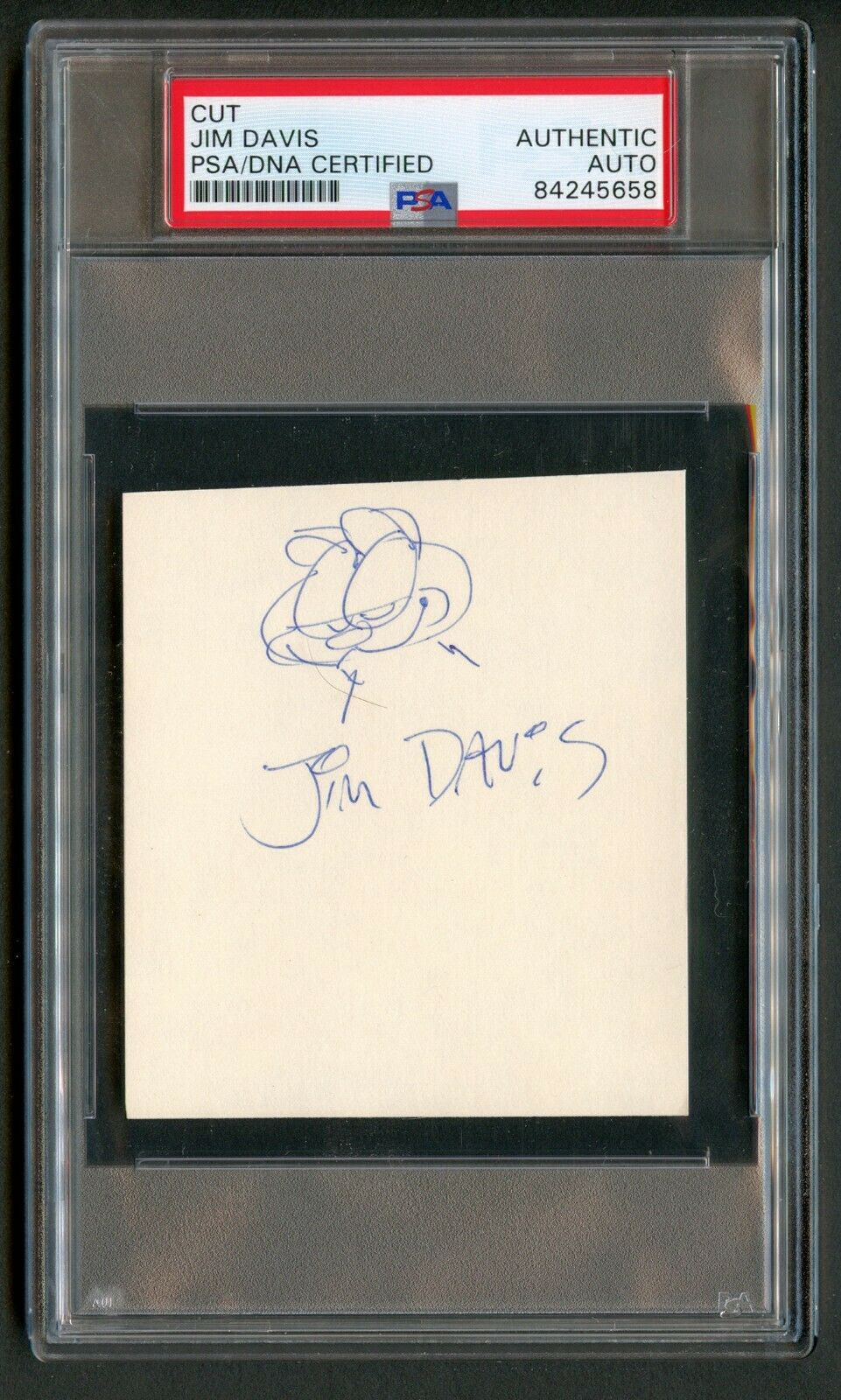-40%
James Madison / Early American Innovation in Supplying Clean Water Signed
$ 2534.4
- Description
- Size Guide
Description
Early American Innovation in Supplying Clean Water to a Growing Population: The First U.S. Patent Issued Improving the AqueductAuthor:
Madison, James
Title:
Early American Innovation in Supplying Clean Water to a Growing Population: The First U.S. Patent Issued Improving the Aqueduct
Description:
DS - Document Signed
Patent Document Signed by James Madison as President, 2 pages, 12" x 14.75", April 4, 1810. The first patent ever issued in the United States for improving the aqueduct-the primary technology in conveying clean water for human consumption. Sanitation and delivery of clean water remain a major issue to the present day as poorer countries still suffer epidemic illness that could be prevented by new innovations and technologies. As the first U.S. patent ever issued for an improvement to the aqueduct, this document shows the important role of innovators and how new technology can overcome major challenges to sanitation. This historic document is one of only two presidential signed patents relating to water and the only one relating to public water that has come on the market in the past 30 years. Signed Patent issued for an "improvement in making Earthen or Clay Tubes for Aqueducts."
As the American Colonies became the United States of America, the burgeoning cities put a stain on the meager urban water systems. Public health and fire safety were problems posed by the new denser population centers, which existing water systems were unable to accommodate. Although germs were still unknown, scientists were beginning to realize that foul water played a role in disease transmission. New York City, Baltimore, Boston,Philadelphia, and Chicago all suffered from the contamination of their wells that rendered them undrinkable. At the end of the 18th and first half of the 19th century, an outbreak of yellow fever, three severe cholera outbreaks and an outbreak of typhoid devastated several major American cities. While traditionally, water supply had been considered a private concern, the threat of disease and unwillingness of private companies to invest in a safer system caused city governments to take on the issue, albeit lethargically. What the cities needed was a way to transport large supplies of clean water from distances outside the city limits. The technology which provided the clear answer was the same as had been used since ancient times: the aqueduct. But the immense scale of an aqueduct project, and the limitations of technology caused work to progress slowly. By 1801, only a handful of cities had managed to create aqueducts for urban use. The biggest stumbling block was inadequate technology in piping. Pipes at that time were commonly made of wood, which could withstand only minimal pressure, warped and swelled easily, and needed frequent and laborious repairs, with each section needing to be cut by hand.
Our patent is for an improvement in manufacturing pipes for aqueducts. In 1810, James Ramsey applied for, and was approved for a patent on his invention of "a new and useful improvement in making Earthen or Clay Tubes for Aqueducts &c which improvement he states has not been known or used before his application." Signed at the conclusion of the first page by President James Madison, and countersigned by Secretary of State Robert Smith and Attorney General C. A. Rodney. The patent goes on in 2 additional pages to describe the physical specifications of the machine and the directions for using it to produce clay pipes, "This Machine is composed to two Cylinders formed of Wood with Metalic dressings..." In many ways, this patent was ahead of its time. The material specified for the pipes is referred to as both "argillaceous earth" and "cement." The first modern cement, "Roman Cement" was made from argillaceous limestoneand had been patented in England only 14 years prior, but was still largely unknown in the United States. However, soon after our patent, it would begin production on a large scale for the Erie Canal, and become known for its favorable hydraulic properties. Since no other types of cement had been introduced at this time, and even Roman cement had not yet come to the United States, Ramsey was on the cutting edge of technology. Ramsey's design for a pipe-manufacturing machine to produce uniform, interchangeable cement pipes would solve the problem caused by the difficult handwork and lack of regularity in wooden pipes. This patent also provides a new method for connecting pipes interchangeably, "For the purpose of venting the tubes in the Aqueduct after they are laid down, or for taking out water at particular places, where it is needed, I have invented a tapering screw, which is screwed into the clay while soft,...which serves to vent or take out water without disturbing or jarring the aqueduct...For the purpose of making a branch pipe, a sink is made in one of the grooves on the main cylinder..." Significantly, this patent is the very first ever issued in the United States relating to the aqueduct. As the chart shows, others would follow suit shortly afterwards, as the aqueduct began to play a larger role in public health. In the years following the grant of the patent offered here, there would be an explosion of new aqueducts built, using the very technology patented here. The massive Croton Aqueduct supplied water to the people of New York City beginning in 1842 amd was followed by the Washington Aqueduct in 1857. The Los Angeles Aqueduct was later constructed using concrete (a cement-based composite material) piping. By 1850, the number of public water supplies in the United States had increased to 83 (only 33 public). The aqueduct had been transformed from a Roman anachronism into a modern American technology, with the largest modern aqueducts in the world supplying US cities. The successors of the pipes described in this patent are still used in the American mega-aqueducts today.
The exceptional rarity of this patent comes with an interesting story. Virtually all the patents issued prior to 1836 were lost in a fire at the patent office in December 1836. At that time, no patent database existed, so the destroyed patents were completely lost, except for the inventor's copies, of which only about a quarter have turned up in the 177 years since the fire. No numbering system had been in place, so in 1837 the Patent Office began its current system starting with "1." A special system was created for the lost patentsbeginning with "1X." Today, the patents issued between 1790 and 1836 are known as the "X" patents. The patent offered here is now known by the USPTO as 1,258X. Because it is the original pre-fire patent, it is not marked using the retroactive "X" numbering system. Today, original X patents are exceptionally rare and desirable. In very good condition, with intersecting folds, scattered moderate toning and soiling, heavier to second page, a few small holes of paper loss to both pages, and scattered edge wear and chipping. The white paper seal is worn, but intact, and the pages are still bound by the original green ribbon. Madison's signature is crisp and clear.A landmark patent relating to public health and water supply.
Seller ID:
13425
Subject:
Autographs, Letters and Archives, Americana, Presidents, Science, Medicine, Technology
Max
Rambod Inc
offers thousands of historical documents, letters, manuscripts, printed ephemera, and first editions in all variety fields. Since 1991, we have served an international clientele of collectors, private
institutions
, and public libraries in acquisition and collection development. We are members of ILAB, ABAA, and PADA, and have furnished collections around the world with rare and unique material for over 30 years; from the personal letters of Nobel-Prize winning scientists to first editions promoting abolition or women suffrage. We also offer Important First Editions of Literatre, Americana, Science, Military, African American and Woman History.
We offer an unconditional guarantee for each item's authenticity and completeness.
This listing was created by Bibliopolis.










